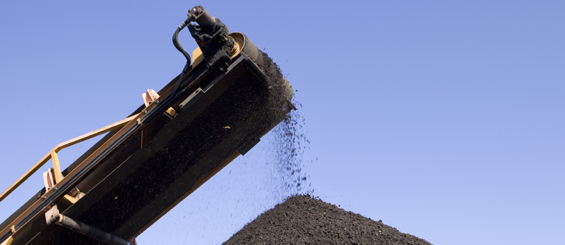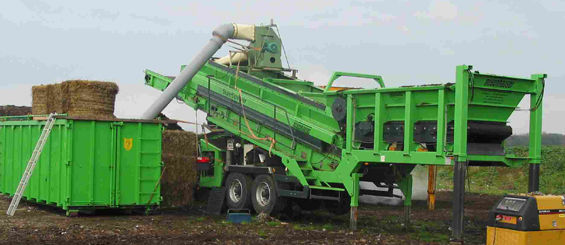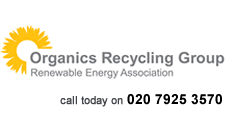Adverts
AfOR Special Interest Group on quality of biowaste collections
The quality message
The quality of biowastes collected and delivered to composting and AD sites is essential to secure the production of high quality composts and digestates compliant with PAS 100 and PAS 110 specifications and acceptable in the market place. Quality of outputs, regardless of the target market, is becoming more demanding. The PAS 100:2011 standard has tightened a number of the critical limits particularly in respect to physical contaminants and plastics. This is proving to be very demanding but necessary if we are to build confidence levels, particularly amongst the farm assurance schemes who are the final arbiters in many cases for compost and digestate use in agriculture, the most significant market at present.
The issue
Despite the above message being extensively promoted by WRAP and AfOR over the past years, the presence of unacceptable levels of physical contaminants (âÂÂnon targetedâ materials) in biowastes collected and delivered to composting and anaerobic digestion processes is still, in some circumstances, a major concern for composting and AD operators.
Despite the above message being extensively promoted by WRAP and AfOR over the past years, the presence of unacceptable levels of physical contaminants (âÂÂnon targetedâ materials) in biowastes collected and delivered to composting and anaerobic digestion processes is still, in some circumstances, a major concern for composting and AD operators.
To reinforce the âÂÂqualityâ message, to put forward and provide solutions to reduce biowaste contamination, in October 2010 AfOR convened its âÂÂfeedstock contaminationâ special interest group. The group comprises of representatives from LARAC, WRAP, EA, composting and AD operators, local authorities, compostable packaging manufacturers and solicitor firms.
The main objective of the SIG is to work with composting, AD operators and Local Authorities and other important stakeholders to improve their understanding of the key issues which influence the quality of feedstocks being collected for treatment in source segregated biowaste collection schemes. For example, where cardboard in commingled with green and food wastes, this has a detrimental effect on the quality of outputs (see http://organics-recycling.org.uk/page.php?article=2011).
AfORâÂÂs SIG Actions
Since its formation, the SIG has met four times, with the last meeting being held in June 2011. The SIG has agreed will meet again once Defra has released its guidance specifying what will count as recycled for the purpose of achieving the 2020 WFD recycling target.
Through the SIG secretariat (AfOR), a number of actions have been taken since the group formation and a number of guidance documents have been release to Local Authorities, householders, composting and AD operators. All guidance documents can be found at http://www.organics-recycling.org.uk/collections.
In summary, AfOR has:
published and released to Local Authorities and composters guidance on compostable packaging and products, which explains how to identify false or misleading claims of conformity with compostable standards;- published two âÂÂCall to Actionâ papers focused on feedstock quality and the issues associated with co-mingling paper and cardboard with biowastes. The papers are available on AfORâÂÂs web site, at www.organics-recycling.org.uk/collections;
- worked with WRAP to develop clear and simple messages for local authorities and their householders. In particular, AfOR has been working with WRAP to develop a âÂÂchange of service' leaflet that LAs can use to explain to local residents that cardboard is no longer collected with the biowaste and why removing cardboard ensures that garden waste or garden/food wastes can be turned into quality compost for a variety of uses. Poster and bin stickers are also available to LAs to use as templates. See http://www.organics-recycling.org.uk/page.php?article=2207 for more information.
- provided a service for members to act as a facilitator between the Local Authorities and their contracted AD and composting operators. This service is aimed at assisting producers in working with their local authority partners to improve feedstock quality; and
- published a number of articles for biowaste magazines to raise awareness amongst stakeholders (mainly Local Authorities) of the biowaste contamination issue (see section âÂÂReferencesâ below).
Through LARAC, who is part of the SIG, all the information above has been made available directly to local authorities.
AfOR is also in the process of:
- Developing a methodology that can be used to consistently measure contamination on input materials delivered to biowaste facilities (see section âÂÂmeasuring the levels of contaminants in biowastesâ below);
- Developing a gate fee matrix or a mechanism which indicates the fee that could be charged to feedstock suppliers according to the level of contamination received.
- Developing a biowaste specification template that Local Authorities and composters should use when specifying in their contractual arrangements the quality criteria for the biowastes delivered to composting and AD sites.
Finally, AfOR is currently discussing with Defra to ensure:
- Defra is aware of the work being undertaken by AfOR to reduce the levels of physical contaminants in biowastes delivered to composting and AD facilities;
- the importance of high quality biowaste is highlighted in DefraâÂÂs Action Plan on Quality and this includes description of appropriate measures for improving biowaste quality; and
- DefraâÂÂs future for Local Authorities on how to calculate recycling rates and report those rates into the Waste Data Flow System includes a mechanism to encourage Local Authorities to reduce the levels of contaminants in biowaste delivered to composting, AD and other biowaste treatment sites.
In the near future AfOR would also like to write guidance to help Local Authorities to set up good tenders and contracts which address issues associated with contaminants, inspection / rejection procedures, responsibilities and payment terms.
Measuring the levels of contaminants in biowastes:
AfOR is in the process of finalising a methodology that the industry and Local Authorities can use to check the levels of physical contaminants in loads to:
AfOR is in the process of finalising a methodology that the industry and Local Authorities can use to check the levels of physical contaminants in loads to:
⢠Ascertain contamination levels in biowaste loads delivered to sites (particularly useful in the event that these contain inappropriately high levels of non-compostable materials);
⢠monitor over time the quality of biowastes supplied;
⢠build evidence to support the specification or revision of maximum acceptance criteria in contractual arrangements with biowaste suppliers;
⢠check compliance with the acceptance criteria specified in contractual arrangements;
⢠provide biowaste suppliers with relevant evidence in the event of repeatedly occurring contamination;
⢠provide biowaste suppliers with feedback on the collection rounds that are routinely causing issues with regard to contamination; and
⢠justify higher gate fees based on the quality of biowastes delivered.
The methodology will be soon published and available on AfORâÂÂs web site.
If you wish to be kept informed, be involved in the work that AfOR is undertaking or provide AfOR with your feedback, please contact Kiara Zennaro (Kiara@organics-recycling.org.uk).
References:
The Loop (LARAC) Issue 37 Winter 2011, page 4. Article entitled âÂÂAfOR on contaminationâ (hard copy magazine).
MRW, 16 December 2011, page 8. Article entitled âÂÂComplaints on card compostâ (hard copy magazine).
Recycling Waste World, February 2 2012, page 6. Article entitled âÂÂThe importance of cleaning up organicsâ (see http://content.yudu.com/A1vhd3/RW02Feb12/resources/6.htm)
Lets recycle, 30 November 2012, âÂÂAfOR tackles confusion over green waste and cardâÂÂ. See http://www.letsrecycle.com/news/latest-news/compost/afor-tackles-confusion-over-green-waste-and-card
visitor comments
Members' Area
Become a Member!
Join the Organics Recycling Group at the Renewable Energy Association by clicking below.
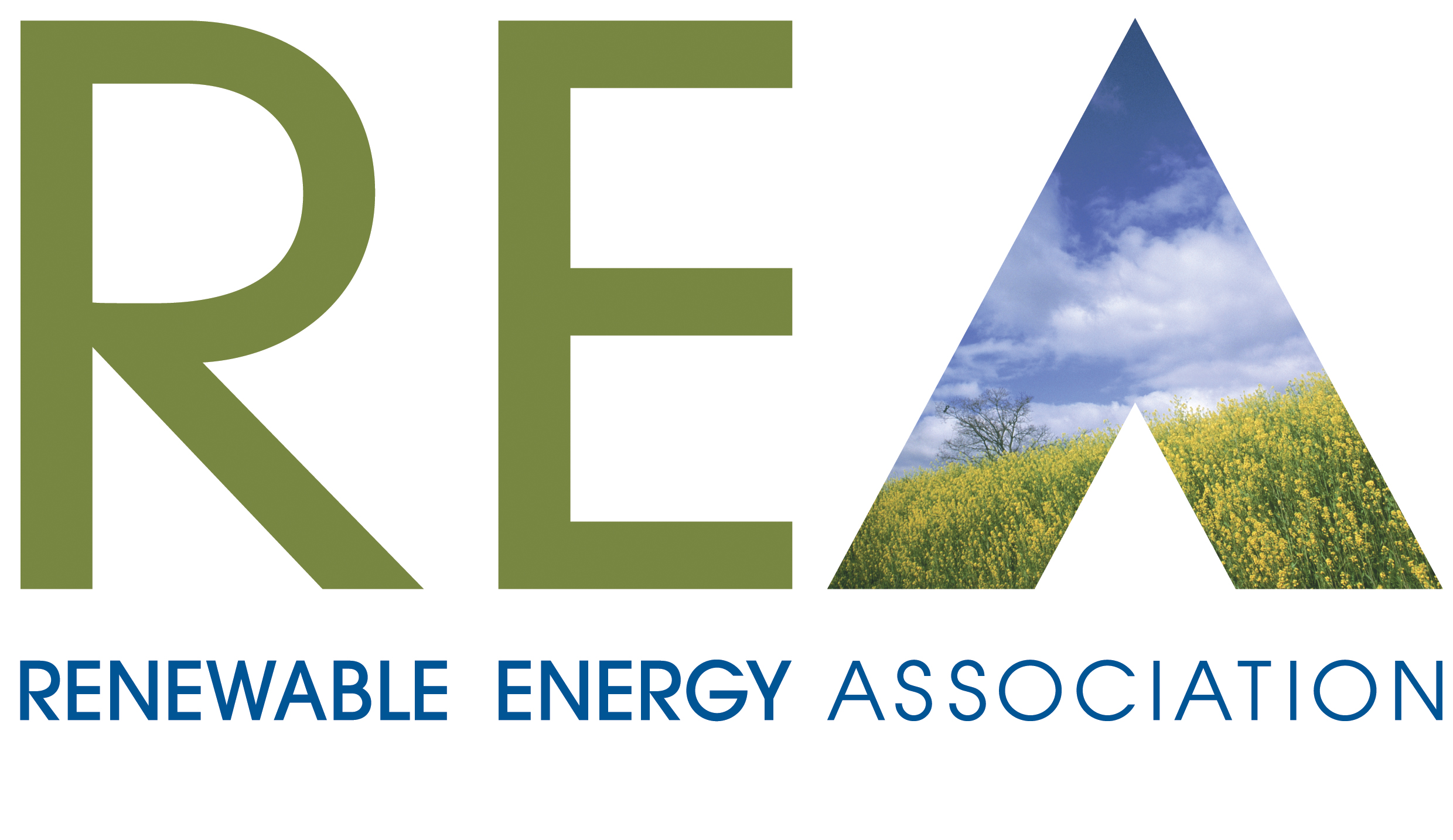

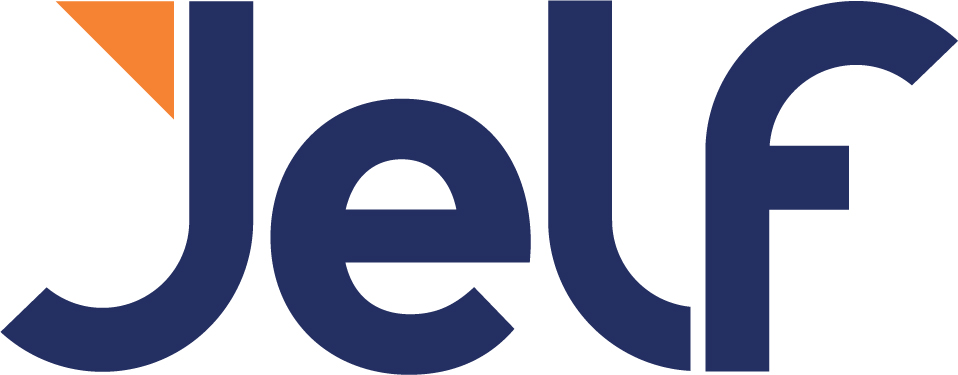

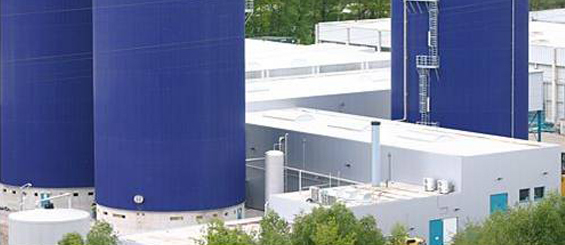
.jpg)
